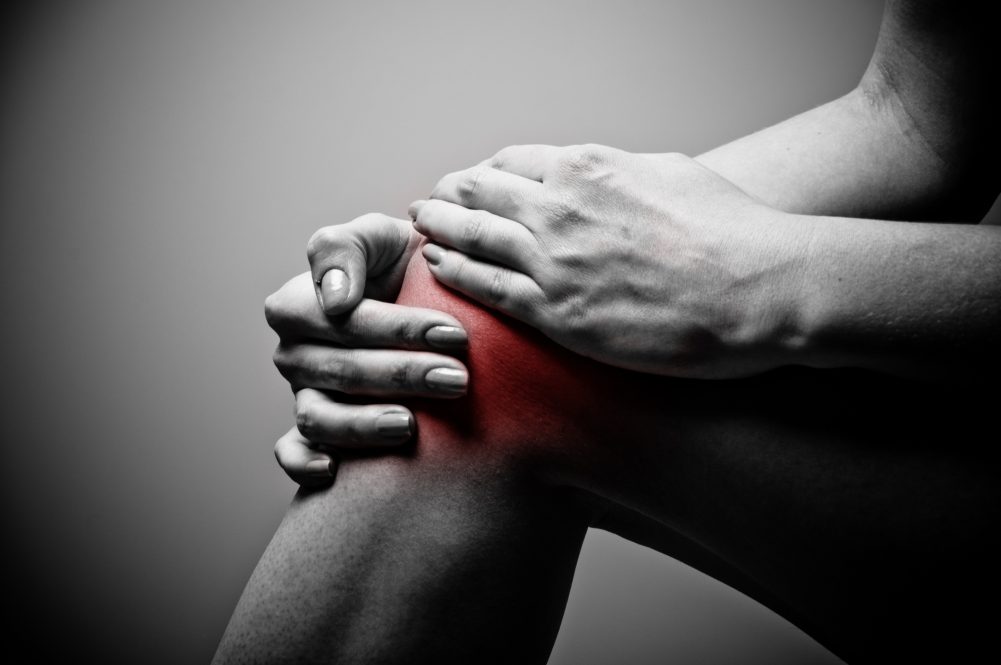Neal Glaviano, assistant professor in the Department of Kinesiology and athletic training clinical education coordinator, has received $1.5 million from the Department of Defense to test a new approach to treating chronic knee pain.
Glaviano will be working on a new treatment approach to patellofemoral pain, which affects the area around the knee and kneecap. This common injury is the result of stress on the patellofemoral joint (the area under the kneecap) caused by physical activity like running or jumping. This can cause pain when performing any activity that involves flexing the knee joint, including running, walking, sitting, or squatting.
Currently, approximately two thirds of patients who seek treatment for patellofemoral pain still experience pain within two years after treatment.
The development of better treatment options is of particular interest for the Department of Defense. The physically rigorous requirements of basic training often lead cadets to develop patellofemoral pain that can put them permanently out of commission.
Glaviano, who has served in the Army National Guard, says he saw this first-hand.
“When I look at a lot of the people I served with, a lot of them were having chronic kneecap pain, and it’s one of the leading reasons people aren’t able to complete basic training,” Glaviano says.
Glaviano’s project, titled Strength Training Rehabilitation Incorporating Power Exercises (STRIPE), will take a new approach to patellofemoral rehabilitation that involves incorporating power-based exercises in addition to traditional strength-based exercises.
The power-based exercises in Glaviano’s program will focus on the hips, quadriceps, and core muscles, all of which impact the movement and health of the knee joint.
The thought with that is we can get a better improvement in the capabilities of those muscles and get better outcomes. — Neal Glaviano
Power-based exercises combine both speed and strength rather than just focusing on strength, as traditional patellofemoral pain rehabilitation programs do. The exercises in the power-based sessions will be similar to those in strength-based programs, but each rep will be completed more quickly, building up the strength of the joint more effectively.
“The thought with that is we can get a better improvement in the capabilities of those muscles and get better outcomes,” Glaviano says.
Glaviano is collaborating with researchers at the University of Toledo and the University of Central Florida to recruit a total of 88 civilian participants across the three sites.
Participants will spend two years in the rehabilitation program either receiving traditional or the STRIPE treatment. In the next two years of the study, the researchers will follow up with patients to determine how effective the treatment is at affecting long-term improvements in knee pain.
If this program is successful, the data Glaviano and his collaborators gather could be used to inform the recommendations healthcare providers give patients.
“The hope is that if we do see improvement, this is something we could recommend to any athletic trainer, physical therapist, or physician to improve outcomes for their patients,” Glaviano says.
While this initial study will focus on civilian patients, Glaviano says he hopes to complete follow-up work looking at using this approach for armed services members specifically.
Michelle Boling, an associate professor at the University of North Florida, and Lindsey DiStefano, professor of kinesiology at UConn, will serve as consultants and Glaviano’s mentors on this project.



